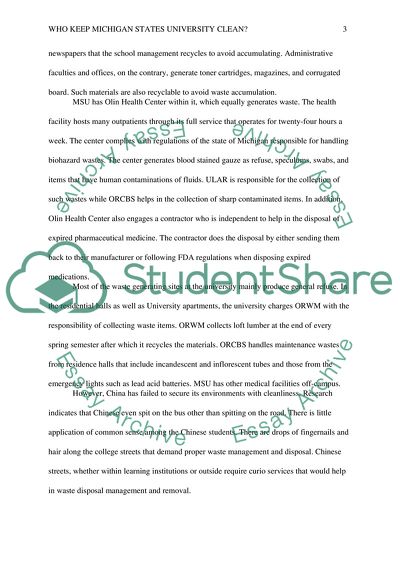Cite this document
(Who Keeps Michigan State University Clean Research Paper, n.d.)
Who Keeps Michigan State University Clean Research Paper. Retrieved from https://studentshare.org/environmental-studies/1868904-who-keep-michigan-states-universitys-public-area-clean
Who Keeps Michigan State University Clean Research Paper. Retrieved from https://studentshare.org/environmental-studies/1868904-who-keep-michigan-states-universitys-public-area-clean
(Who Keeps Michigan State University Clean Research Paper)
Who Keeps Michigan State University Clean Research Paper. https://studentshare.org/environmental-studies/1868904-who-keep-michigan-states-universitys-public-area-clean.
Who Keeps Michigan State University Clean Research Paper. https://studentshare.org/environmental-studies/1868904-who-keep-michigan-states-universitys-public-area-clean.
“Who Keeps Michigan State University Clean Research Paper”, n.d. https://studentshare.org/environmental-studies/1868904-who-keep-michigan-states-universitys-public-area-clean.


